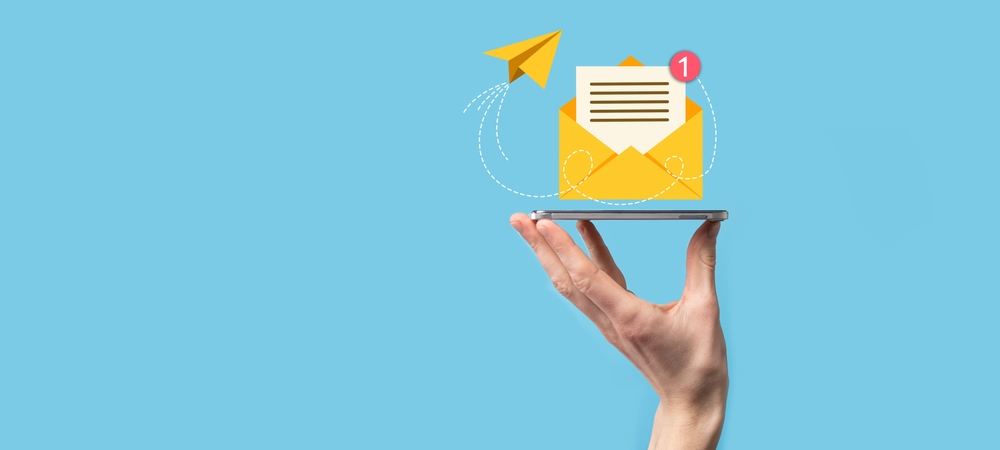Win-back emails aim to re-engage customers who have previously interacted with a brand but have been inactive for a certain period.
What is a Win-Back Email?
Win-back emails are used to reconnect with customers, encourage them to shop again, and increase customer loyalty. These emails can offer personalized content, new offers, and discounts based on the customer’s past purchases and interactions. Messages can remind customers of the importance of their relationship with the business or brand. Attention-grabbing subject lines that entice the recipient to open the email are important. After this, several strategic activities can be employed to win back customers. These strategies include using data analysis to identify and target inactive customers, determining the best time to send emails, and reaching out through various channels beyond email. A/B testing can be conducted on subject lines, content, and offers to determine their effectiveness. By tracking open rates, click-through rates, and conversion rates, the effectiveness of campaigns can be analyzed. Win-back emails provide an effective method for customer relationship management and can help reduce customer churn and increase business revenue.
What is the Purpose of Win-Back Emails?
Win-back emails help businesses reduce customer churn. They re-engage previously active customers, encouraging them to become active again. These emails increase customer loyalty by prompting customers to choose the brand again. By offering attractive deals and discounts, they motivate customers to make purchases. Re-engaging long-term inactive customers increases overall sales and revenue. They strengthen customer relationships by reminding customers that the brand values them and notices their absence, thereby increasing customer satisfaction. Win-back emails can also gather feedback to understand why customers drifted away, allowing improvements in service quality. They offer the opportunity to correct negative experiences that caused customers to leave. Responses to win-back emails provide valuable insights into customer behaviors and help optimize marketing strategies by identifying which offers or messages are more effective.
How to Use Win-Back Emails?
To use win-back emails effectively, follow these steps and strategies:
- Identify Inactive Customers: Determine which customers have been inactive for a long time.
- Analyze Reasons for Inactivity: Conduct analyses to understand why customers became inactive.
- Personalize Emails: Use the customer’s name for a personalized greeting and offer special deals based on their past purchases.
- Create Relevant Content: Develop content that aligns with the customer’s interests.
- Offer Incentives: Provide attractive deals, discounts, free shipping, or bonus points to encourage purchases.
- Craft Compelling Subject Lines: Ensure subject lines are short, impactful, and intriguing.
- Add Easy Access Links: Include links and buttons that allow customers to easily take action.
- Use Quality Visuals: Incorporate high-quality visuals that align with your brand identity and enhance the email’s appeal.
- Design for Mobile: Ensure emails are mobile-friendly.
- Optimize Timing: Schedule emails strategically and avoid sending repetitive messages.
- Analyze Performance: Track open, click-through, and conversion rates to optimize campaigns.
- Send Follow-Up Emails: Send follow-up emails to customers who do not respond to the first win-back email.
- Request Feedback: Ask for feedback from customers.
When to Use Win-Back Emails?
Win-back emails are used to re-engage long-term inactive customers. For example, they can be sent to customers who have not interacted for 30, 60, or 90 days. Reminder emails can be sent for abandoned shopping carts. Win-back emails can be sent if a customer’s subscription renewal date is approaching but they haven’t renewed yet. These emails can also be sent around the customer’s birthday or special occasions. If a customer has joined a loyalty program but hasn’t shown any activity for a long time, win-back emails can be used. Additionally, emails can be sent to gather feedback from customers who have not interacted for a specific period.
Best Examples of Win-Back Email Campaigns
– Airbnb: Uses beautiful visuals and personalized travel suggestions to encourage inactive users to travel again.
– Dropbox: Sends personal and friendly messages reminding users that their files are safe and encouraging them to become active again.
– Spotify: Offers special deals to users who haven’t renewed their Premium subscription, reminding them of their favorite songs and offering discounted trial periods.
– Uber: Provides discounted offers to drivers or riders who haven’t used the app for a long time, encouraging them to use the app again.
– Amazon: Offers personalized product recommendations and discounts based on the customer’s past purchases.
SIGN UP FREE



